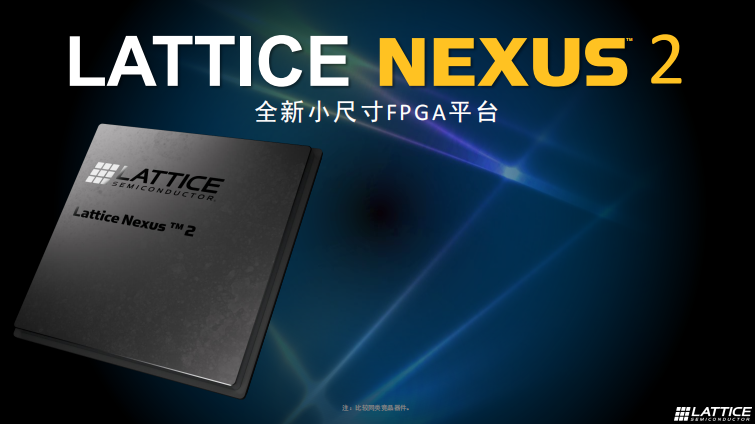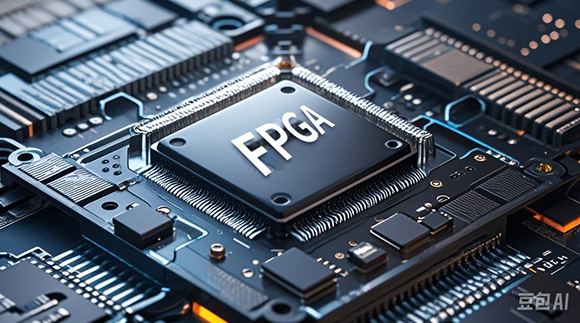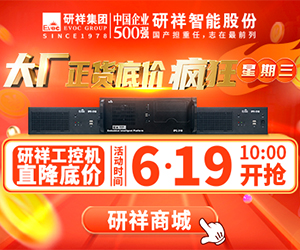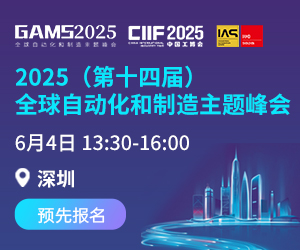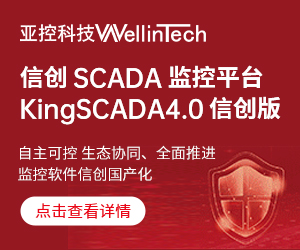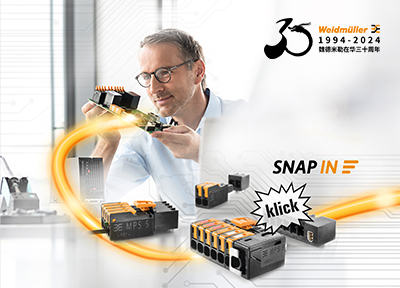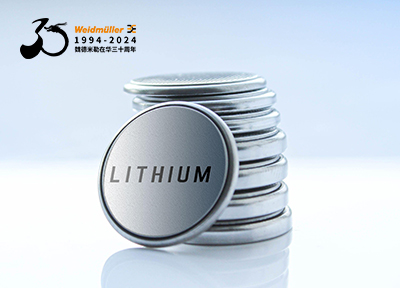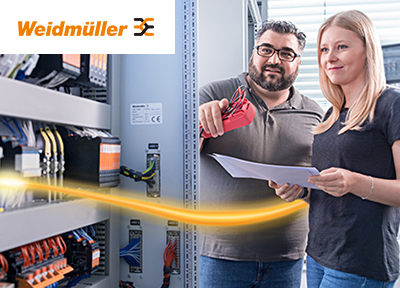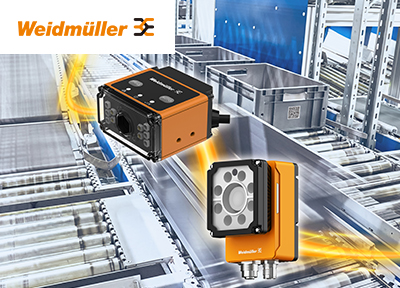Today, there are more than 25 Ethernet-based industrial communication systems that co-exist in the market. Vendors of industrial devices need to create solutions to optimally support multiple RTE (real-time Ethernet) protocols within a single hardware platformCONTROL ENGINEERING China版权所有, and that can be field-upgraded to support new versions of existing protocolsCONTROL ENGINEERING China版权所有, or even completely different protocolsCONTROL ENGINEERING China版权所有, without replacing hardware.
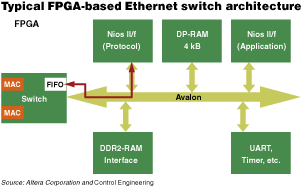
An FPGA-based system supporting both RTE and standard TCP/IP
Industrial Ethernet (
This type of universal access point can simultaneously serve I/O data communication, parameterization, configuration控制工程网版权所有, diagnosis, and other applications. The ideal IE interface simultaneously supports standard protocols like HTTP and FTP in addition to industry specific RTE protocols to ensure scalability and flexibility. The main difference between “standard” and RTE protocols is that RTE protocols have a clear specification for deterministic communication.
FPGA-based solution
Field programmable gate arrays (FPGAs) represent an elegant solution to this problem. When combined with intellectual property (IP) cores for Ethernet, RTE protocolsCONTROL ENGINEERING China版权所有, and other industrial network standards, FPGAs enable designers to implement a single-board design that can support any of these communication standards. This not only reduces the form factor, but also saves time. Device manufacturers can cost effectively add industry standard networking capabilities to their automation products while retaining design flexibility in their systems due to FPGAs’ reprogrammability.
The creation of FPGA configurations is greatly accelerated by the use of pre-buil


 在线会议
在线会议 论坛
论坛 专题
专题 工控直播
工控直播 新闻中心
新闻中心 子站
子站 技术
技术 社区
社区


 2025 (第十四届) 全球自动化和制造主题峰会 ·深圳站
2025 (第十四届) 全球自动化和制造主题峰会 ·深圳站 2025 Raythink燧石红外热像仪有奖试用
2025 Raythink燧石红外热像仪有奖试用.jpg) 立即获取Fluke在线红外热像仪解决方案白皮书
立即获取Fluke在线红外热像仪解决方案白皮书 2025电子及半导体智能制造创新高峰论坛
2025电子及半导体智能制造创新高峰论坛.jpg) 电机与变频驱动故障排除白皮书免费下载
电机与变频驱动故障排除白皮书免费下载